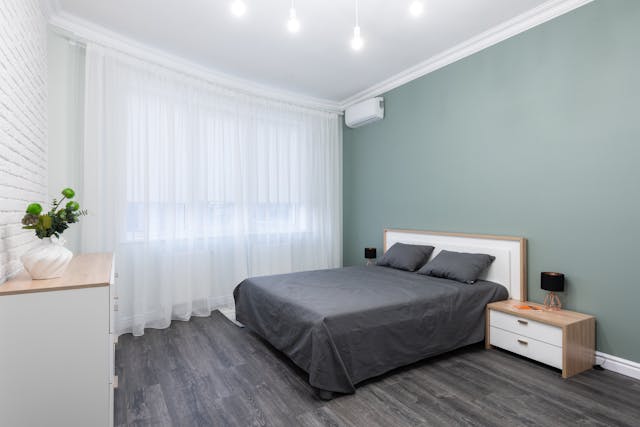Some Australian rental properties were so hot over summer they are unfit to live in and it will only get worse unless urgent action is taken, renter advocates have said.
The temperature inside some rentals surveyed over summer reached 30 degrees for about two hours a day with conditions hotter inside their houses than outside for about 8 hours a day, according to a report from Better Renting released on Tuesday.
The annual survey was based on results from 109 renters who used specialist equipment to measure temperature and humidity at home over summer.
“Our research indicates that renters are suffering through summer in rented homes that aren’t fit for purpose,” it said.
The World Health organisation recommends indoor temperatures be kept below 32 degrees in the day and 24 degrees at night.
The highest indoor temperature recorded was 45.3degC in South Australia on the evening of January 4.
Queensland was deemed the worst state to be indoors as it was hotter than 30 degrees for about six hours a day and temperatures were at least 28.9 degrees in the Northern Territory at least 50 per cent of the time.
Western Australia residents experienced the hottest nights, recording a median temperature of 26.8 degrees from 10pm to 8am.
NSW residents experienced the highest median humidity – 65 per cent for at least half the day – while the report noted the situation was better in the ACT, Tasmania and Victoria.
This summer was singled out as more challenging for renters compared to previous years as the rising cost of living, record rental increases and low vacancy rates meant people were more likely to accept substandard accommodation.
“This summer has been one of the hottest summers of the last 100 years but with a warming climate, it’s also likely to be one of the coolest summers we’ll see in the next 100 years,” the report said.
“For now, this is mostly a matter of renters’ health and wellbeing.
“Increasingly, it will be a matter of life and death.”
Sydney resident Murray Mayes took part in the research and recorded temperatures as high as 29 degrees indoors, with one room in particular never able to cool down.
It’s had a significant impact on the household’s electricity bills, as the Dulwich Hill resident must run an air-conditioner 24 hours a day for a medical condition triggered by temperature extremes.
“If we have it off, it takes about a couple of minutes before it feels like we may as well be standing outside,” he said.
“It just gets so unfathomably hot in that room, that if I’d go in there I’d just roast so it changes the way I interact with the house.”
The report made three recommendations to improve the situation.
It pushed for minimum energy performance standards, to end ‘no grounds’ evictions and to create third-party reporting channels such as an ombudsman with enforcement powers.
Better Renting executive director Joel Dignam said he was hopeful decision makers would take note.
He said Victoria recently committed to expanding cooling standards and other states could follow, while the major parties competing in Tasmania’s upcoming state election have rental policies.
“I’m optimistic that politicians realise they need to act in this space and also realise that renters are looking for some action,” Mr Dignam said.
Rachael Ward
(Australian Associated Press)





